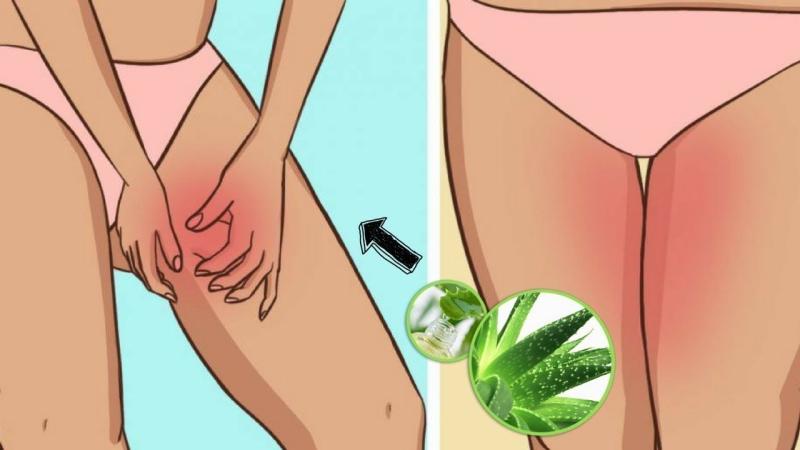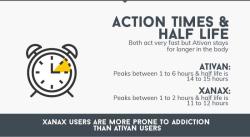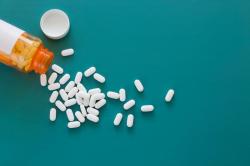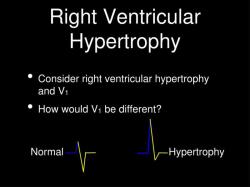How do you get rid of heparin?
Heparin is a medication commonly used as an anticoagulant to prevent blood clots. Disposal of heparin, whether it's an unused or expired medication, should be done in a way that is safe for the environment and prevents accidental ingestion or misuse. Here are general guidelines for disposing of heparin:
Follow Specific Instructions:
- Check the medication packaging or the patient information leaflet for any specific disposal instructions provided by the manufacturer. Some medications may have specific recommendations based on their formulation.
Drug Take-Back Programs:
- Many communities have drug take-back programs or events where you can safely dispose of unused medications. These programs are often organized by local law enforcement, pharmacies, or other community organizations. Contact your local pharmacy or health department to inquire about available options.
Pharmacy Disposal:
- Some pharmacies may accept unused or expired medications for proper disposal. You can check with your local pharmacy to see if they have a medication disposal program.
Disposal in Household Trash:
- If a drug take-back program is not available, and there are no specific disposal instructions, you can dispose of heparin in your household trash. Follow these steps:
- Mix the heparin with an undesirable substance like used coffee grounds, cat litter, or dirt.
- Place the mixture in a sealed plastic bag or container to prevent leakage.
- Throw the sealed container in the household trash.
- If a drug take-back program is not available, and there are no specific disposal instructions, you can dispose of heparin in your household trash. Follow these steps:
Remove Personal Information:
- Before disposing of any medication packaging, be sure to remove or obscure any personal information to protect your privacy.
Do Not Flush:
- Do not flush medications down the toilet or pour them down the drain unless specific instructions indicate that it's safe to do so. Flushing medications can contribute to water pollution.
Consult Healthcare Provider:
- If you are unsure about the proper disposal of heparin or any other medication, consult your healthcare provider or pharmacist for guidance.
It's essential to follow local regulations and guidelines regarding medication disposal, as they can vary. Additionally, consider environmentally friendly options and take advantage of available community resources to ensure the safe and responsible disposal of medications.
Understanding Heparin's Mechanism of Action and Elimination Pathway
Heparin, a naturally occurring anticoagulant, is widely used to prevent and treat blood clots. Its primary mechanism of action involves potentiating the activity of antithrombin III (ATIII), a natural inhibitor of coagulation proteases. Heparin binds to ATIII, causing a conformational change that enhances its ability to neutralize serine proteases involved in the coagulation cascade. By inhibiting these proteases, heparin prevents the formation and propagation of blood clots.
Heparin's elimination pathway involves a biphasic process: a rapid saturable phase followed by a slower first-order elimination phase. In the rapid phase, heparin binds to endothelial cell surface receptors and is internalized and depolymerized. This phase is saturable, meaning that as more heparin is administered, the rate of clearance decreases. In the first-order elimination phase, heparin is primarily cleared by the kidneys. The half-life of heparin is variable, ranging from 0.5 to 2 hours, and is influenced by factors such as age, renal function, and the presence of other medications.
Employing Protamine Sulfate as a Heparin Antidote
Protamine sulfate, a highly cationic protein, acts as an effective antidote to heparin. Its mechanism of action involves neutralizing the anticoagulant effects of heparin by forming a stable complex with the negatively charged heparin molecules. This complex neutralizes the ability of heparin to bind to ATIII, thereby reversing its anticoagulant effect.
Protamine sulfate is typically administered intravenously over a short period, with the dosage adjusted based on the amount of heparin administered. The reversal of heparin's anticoagulant effect is usually rapid and sustained. However, it is important to note that protamine sulfate can also cause adverse effects, including hypotension, bradycardia, and allergic reactions.
Monitoring Heparin Reversal and Managing Coagulation Complications
Monitoring heparin reversal is crucial to ensure adequate anticoagulant control and prevent potential bleeding or thrombosis. Coagulation tests, such as the activated partial thromboplastin time (aPTT) and prothrombin time (PT), are used to assess the effectiveness of heparin reversal.
If heparin reversal is inadequate, the patient is at risk of bleeding complications. In such cases, additional protamine sulfate may be administered to further neutralize heparin's effects. Conversely, if heparin reversal is excessive, the patient may develop thrombosis. To manage this risk, anticoagulation therapy may be restarted at a lower dose.
Effective monitoring and management of heparin reversal are essential to ensure patient safety and prevent coagulation complications.













